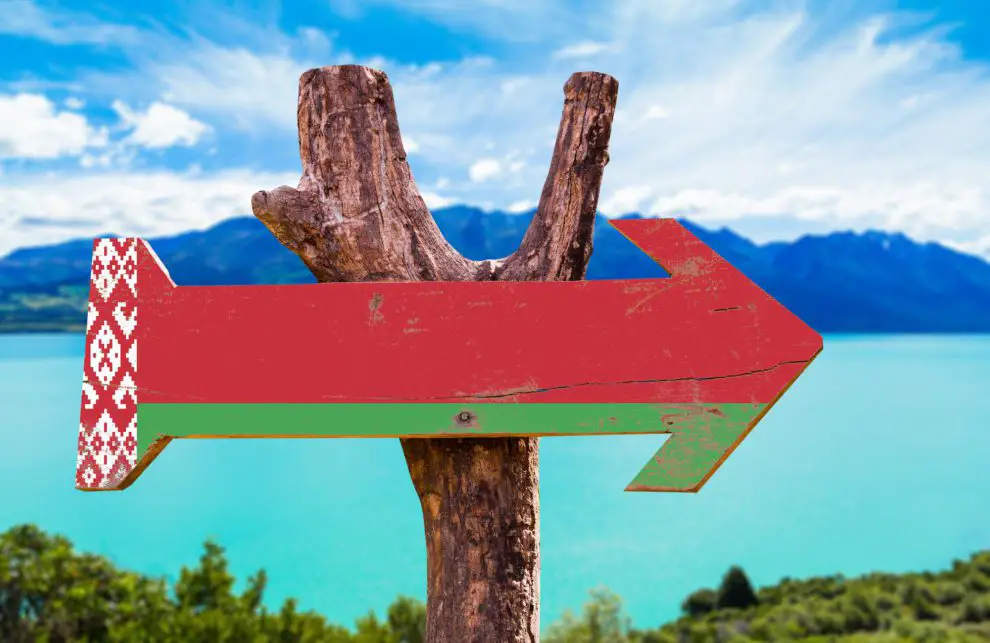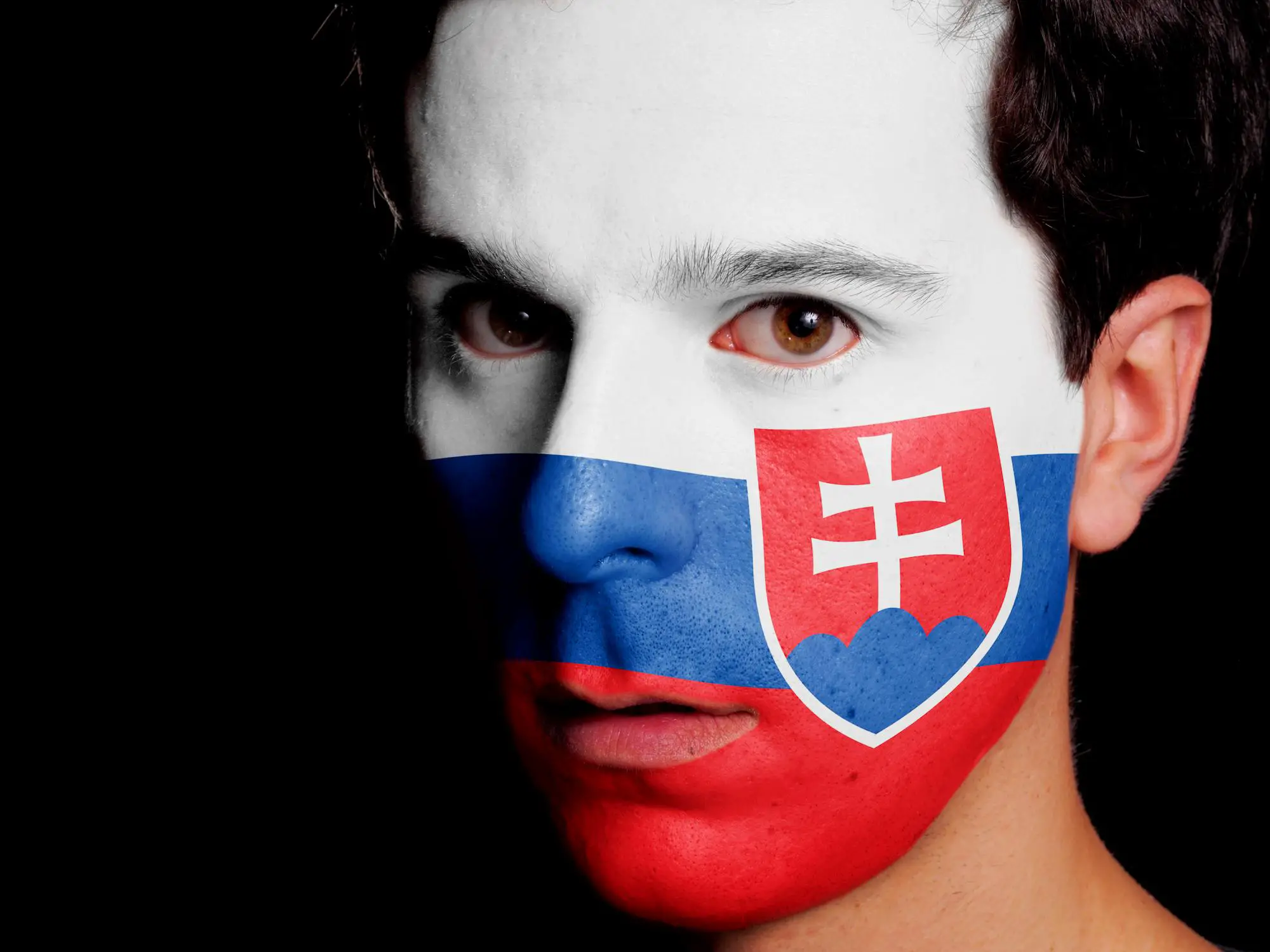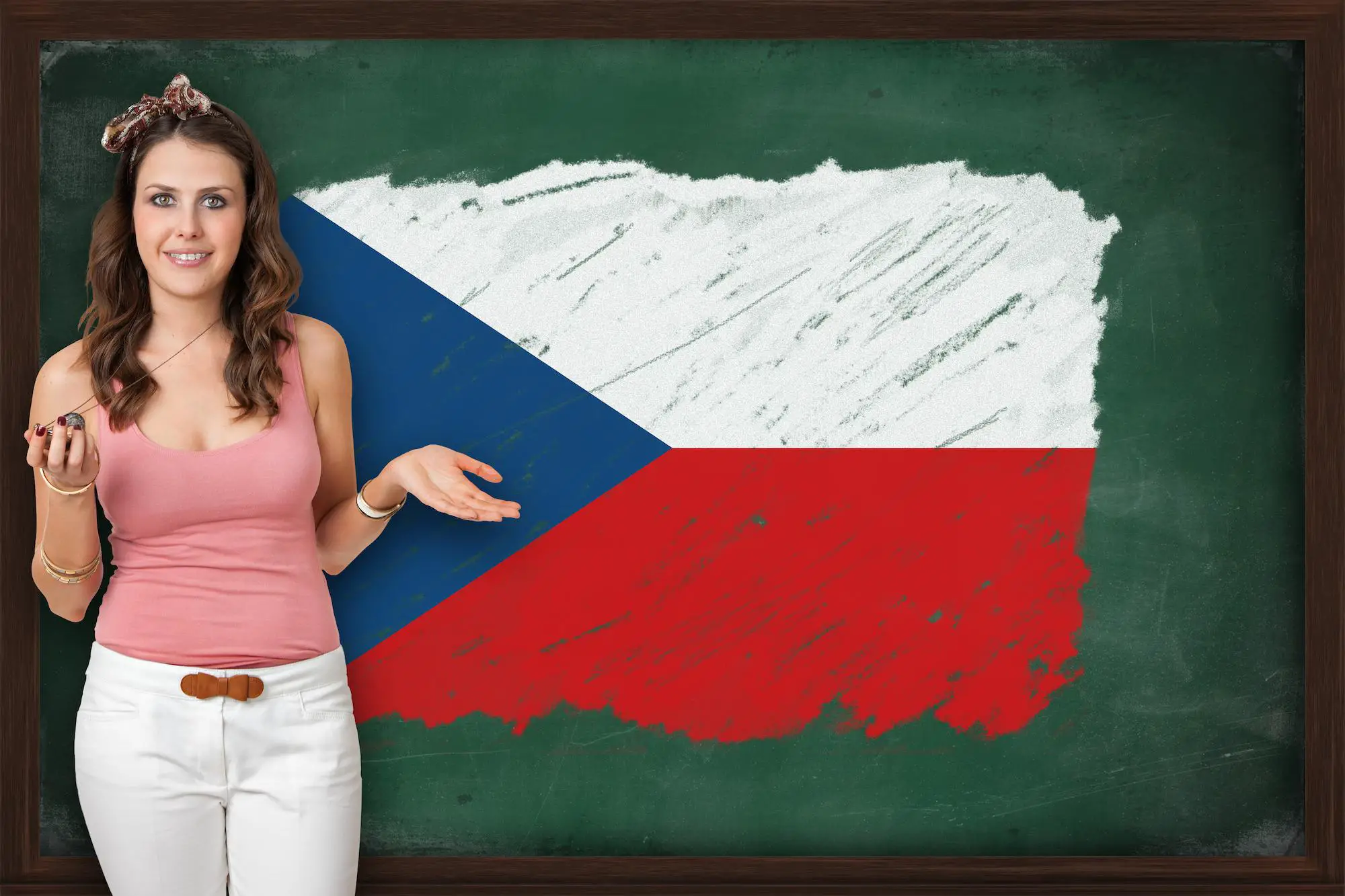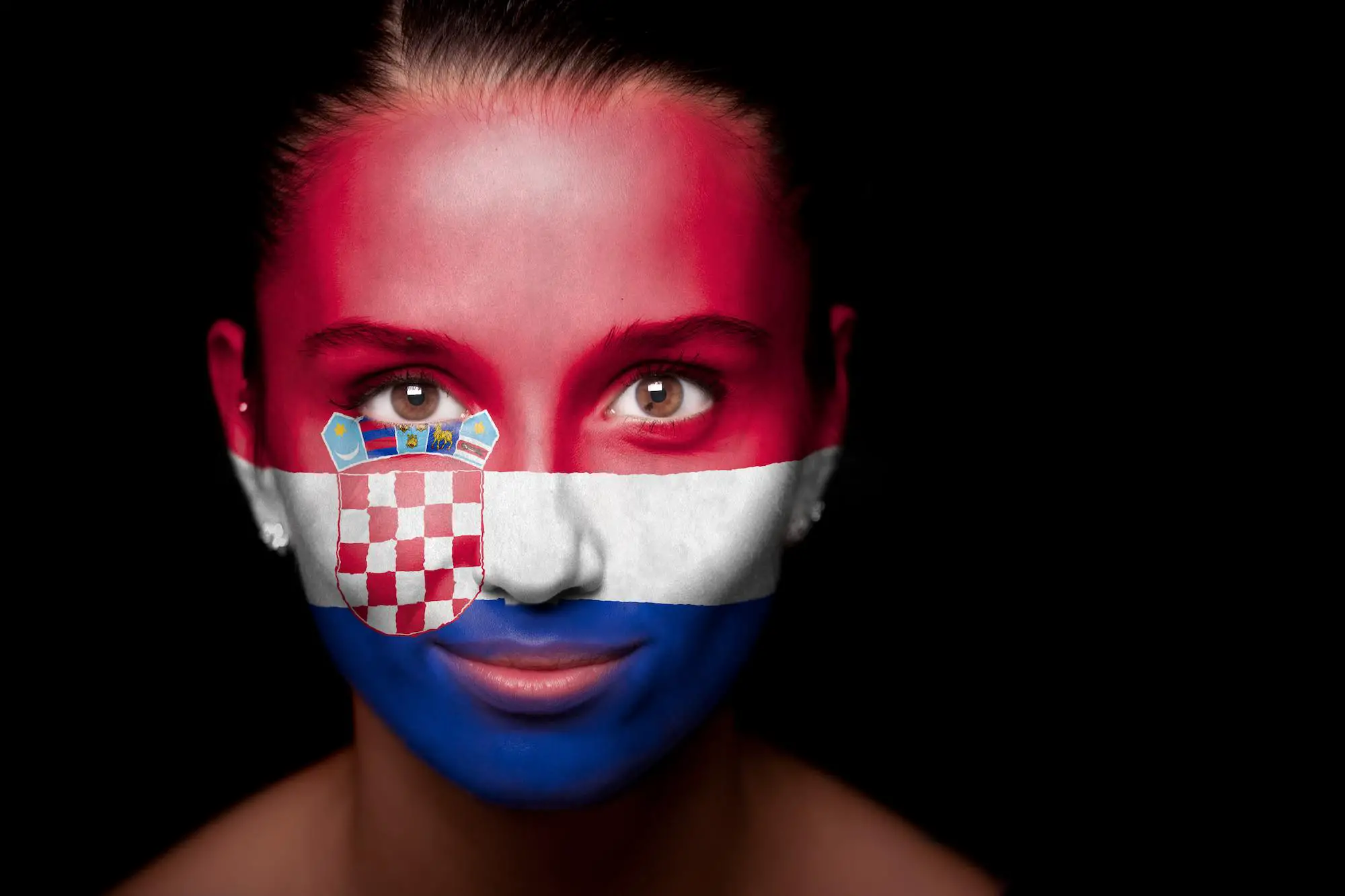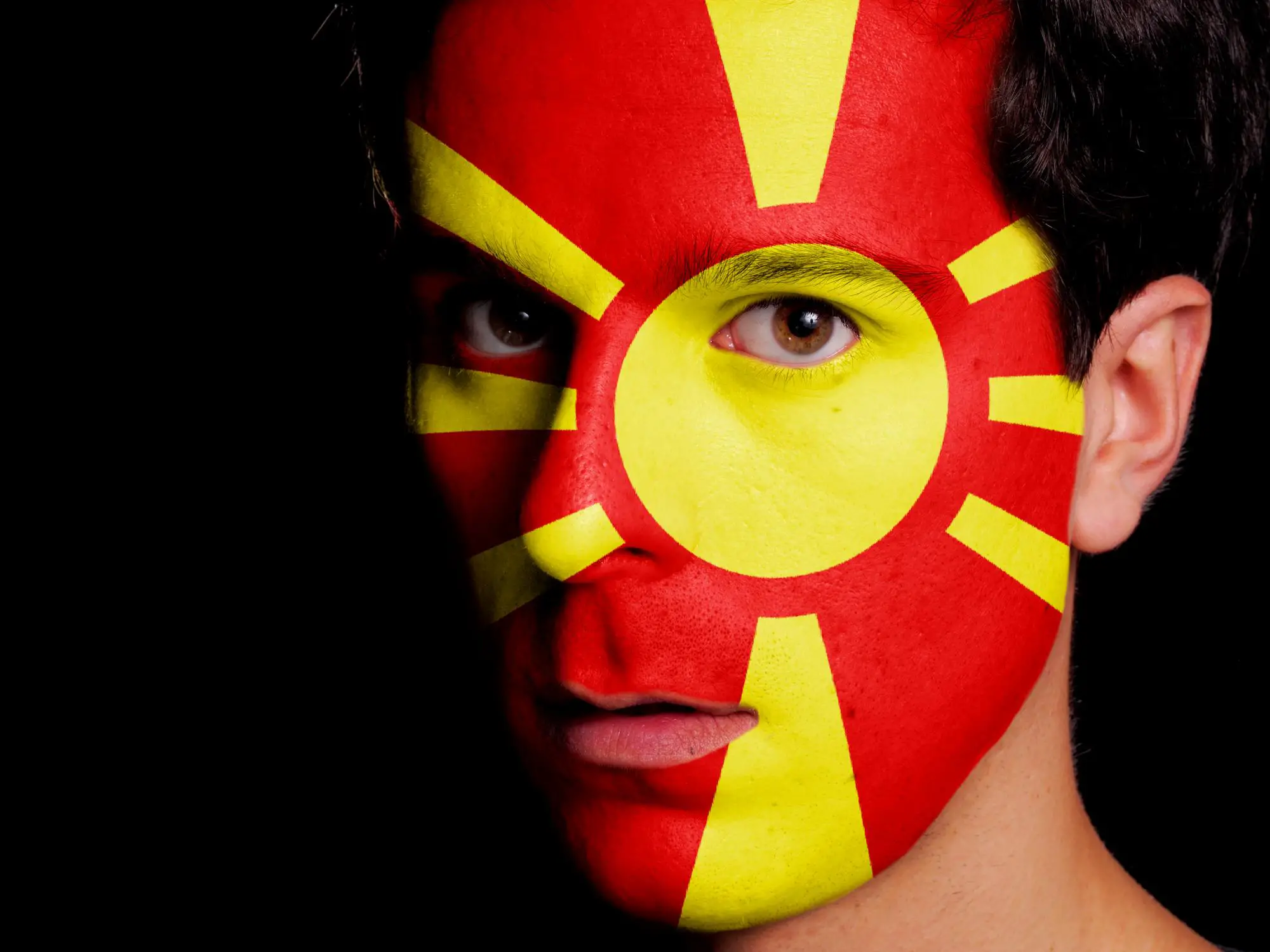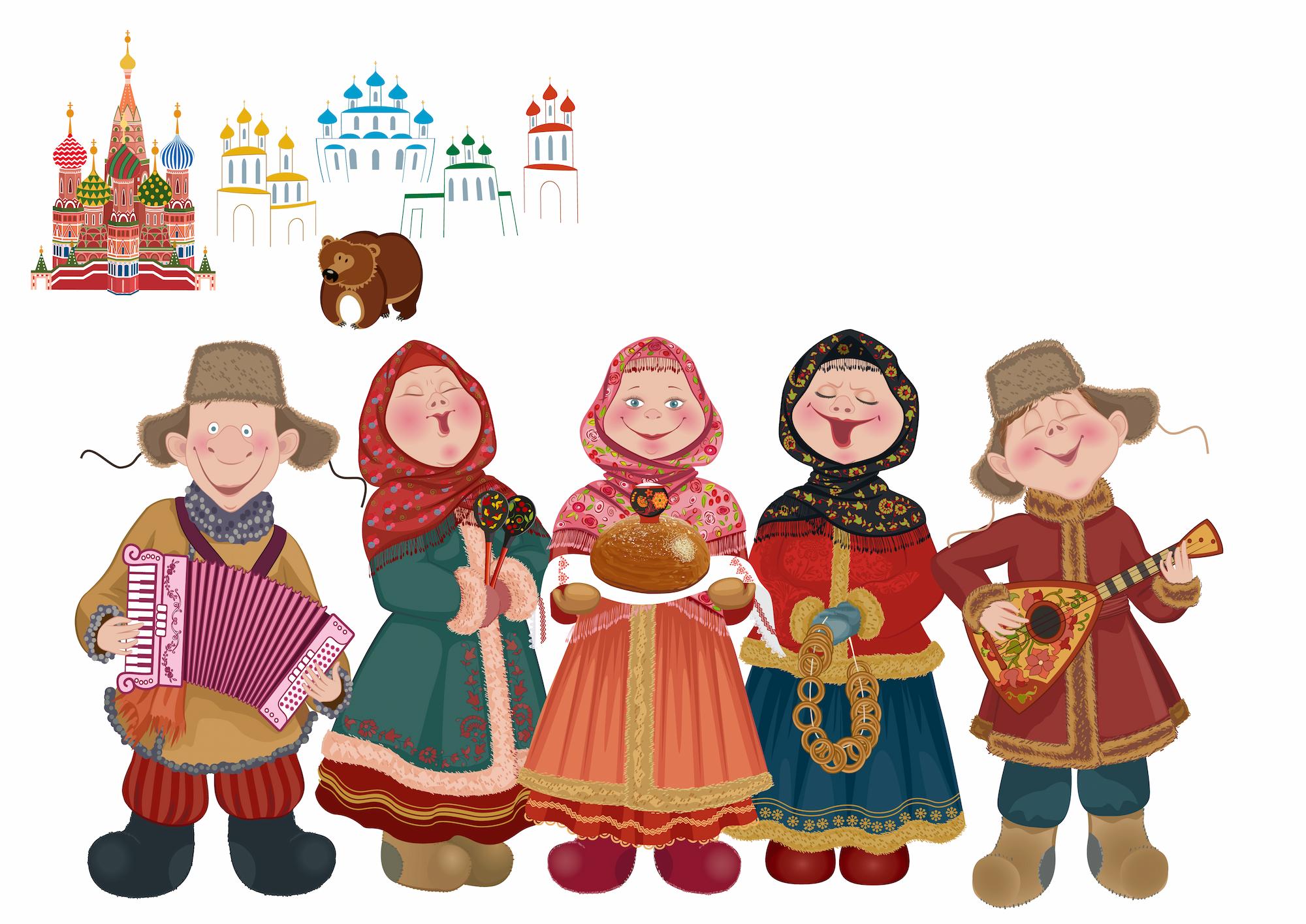You’ve probably heard about the country of Belarus, but have you ever really thought about its people? What is so special about them and what makes them stand out among many other nationalities?
What is there to know about the Belarus people?
Well, there is a lot. That’s why I’ve written this article about them. If you are interested in learning more about Belarus people and the history of their country keep reading.
Table of Contents
Things To Know About Belarus and Belarusian People
If there is a list that will tell you about the Belarusian people then you should probably go and read it. Oh, wait, you are! Then just keep going, there is a lot to learn about this country and its people.
1. One of the Former Soviet Republics
Probably the thing that most people know is that this country was a part of the Soviet Union. Belarus became a member of the Soviet Union in 1922 and stayed there until 1991 (when the Union was disbanded).
Like many other members of the Union, Belarus did endure its share of problems (economic and otherwise). The most memorable (horrifying is a better term) are the two events that happened in the first part of the 20th century, in the decade before the Second World War.
The first one, happened in the period between 1932-1933. The famine brought (or thanks to) the horrible policies of the USSR affected millions of Belarusian people (probably the worst thing to happen to them, after WWII).
Now, the second horrible thing brought by the oppressive USSR government (led by Russia) was a little bit more straightforward. What do I mean by that? Well, the event is called The Great Purge, so it’s easier to figure out what happened.
More than 100 000 people (a big chunk of the population at that time) were silenced because they were the political opposition. How?
Well, let me just tell you that 30 000 of those people ended up in a death camp (because they were sentenced to death) called “Kuropaty camp” (which was located near the capital city of Minsk).
2. The Great Patriotic War
You’ve heard about this war, but probably under a different name. What name? Well, World War II comes to mind.
The term (If I wanted to be more precise, and spoiler alert I do) “The Great Patriotic War” is more closely related to the events that happened on the Eastern front (during WWII).
3. Belarusian President Lukashenko
A polarizing figure among Belarusian people, Lukashenko was born in 1954. He was an army officer, before taking power and becoming the first (and only) president that the country of Belarus has ever known.
Without going too much into his economic and other policies (there are better places to figure out who this guy really is), I think it’s important to note the accusations made against him, in terms of human rights violations.
United Nations Human Rights Office released a statement with a huge number of documented cases of torture, ill-treatment of prisoners, and also sexual abuse.
He is currently serving his 6th term as the president of Belarus and is infamously known as the “Europe’s last dictator”.
4. National Anthem Of The Republic Belarus
Written and composed in the first half of the twentieth century, “My Belarusy” (or We Belarusians) was adopted and became the national anthem in 1955.
The music of the Belarusian anthem was composed by Niescier Sakałoŭski, while the original lyrics were written by Michas Klimkovič.
Now, because the lyrics were made before the Republic of Belarus was formed and because they were associated with the communist regime, they were scrapped.
The new (and improved) lyrics were written by Klimkovič and Uladzimir Karyzna and were adopted by the decree of the president (yeah, it was Lukashenko) in 2002 [1].
5. Population of Belarus
Currently, the population of Belarus sits around 9 and a half million people. It consists of many different ethnic groups. Before World War II, the Jewish people were the largest ethnic group (with around 400 000 Jews, that lived in Belarus).
We can all guess why that number has dwindled down (yeah it was the mustache dude). Now the Jewish community makes up around 0,1% of the total population of the Republic of Belarus.
Currently, the largest ethnic group are Russians with around 7 percent of the total population. The second place goes to Ukrainians, while the third is firmly kept by the Poles.
6. The Language of Belarus
There are two main (or official) languages being spoken in Belarus. One is (kind of obvious) Belarusian and the other is the same language they speak in Russia (what is the name of that language? It’s Russian you silly goose).
Both of these languages are official, but only one of them is spoken by 70% of people in the comforts of their own home. Which one? Again, the answer is Russian.
The census was done in 2009 (by the Belarusian government). What does this all mean? I have no idea, but I think it’s an interesting thing to know about the Belarussian people.
7. Minsk – The Capital City of Belarus
Minsk is the capital and the largest city in Belarus. The population of Minsk is close to 2 million people, making it the 11th most populous city in Europe.
The city is located on two rivers Svislač and the Niamiha.
History of the City
The first people to settle in the area of modern-day Minsk were Lithuanians. They came there in the 9th and 10th centuries and made a settlement around the Svislač river valley.
The first mention of the city of Minsk was in the Primary Chronicle for the year of 1067 [2].
The name was mentioned in regards to a battle that took place near the river Niamiha (or Nemiga).
The 3rd of March 1067 is considered to be the date the city of Minsk was founded.
In 1242, the city became a part of the Grand Duchy of Lithuania. When the Grand Duchy of Lithuania and the Kingdom of Poland entered into a union (1413), Minsk became an important religious and economic center.
After the Polish-Russian war, Minsk was almost completely destroyed and was left with a population of around 2000 people.
In 1793, the city became a part of Russia (after the Second Partition of Poland). At the beginning of the 19th century, it was briefly occupied by the French troops (during Napoleon’s invasion of Russia).
8. Belarus – Home of the World Champions
There are many world-class athletes that were born and raised in Belarus. Mentioning all of them would require a whole new article, so I will just focus on the best of the best.
Aleksandr Medved
Aleksandr Medved was born in 1937. He is a retired freestyle wrestler that has won 3 Olympic gold medals (1964, 1968 and 1972).
Apart from the Olympic medals, he was also a wrestling world champion too many times to count (not really like 6-7 times. No big deal, right?).
He was a recipient of the special prize for nobility in sports. This prize was given to him by UNESCO. Aleksandr Medved is considered to be the best freestyle wrestler of the 20th century.
Victoria Azarenka
Victoria Azarenka is widely considered as the best Belarussian female tennis player of all time. She is also the first Belarussian to win a Grand Slam title (she won Australian Open in 2012 and 2013) [3].
Currently, she is ranked as the 13th best female tennis player in the world. Her career highlight was in 2012 when she was ranked number 1 (for 52 weeks).
She was the winner of the bronze medal in the London 2012 Olympic games and a runner-up in the 2012 US Open.
She has beaten some of the best female tennis players in the world (like Serena Williams, Maria Sharapova and many others).
Victoria was awarded the Order of the Motherland Third Class and the Order of Honor, for her high sports achievements.
9. National Holidays in Belarus
There are many national and state holidays in this country and some of them have been celebrated for centuries.
15 March – Constitution Day
This holiday is relatively new. It has been celebrated since 1994 and it marks the year when the new Constitution of Belarus was written.
9 May – Victory Day
On this day, the Belarussian people celebrate the victory against the Germans (WWII). Almost 25% of the Belarus population died during WWII making this holiday, kind of a big deal.
It’s celebrated with a large parade in Minsk Victory Square. The parade is led by Belarus war veterans and military personnel.
3 July – Independence Day
Another holiday connected with the victory in WWII. The day marks the liberation of Minsk from fascism. Like with the previous holiday, there is a large military parade.
6 – 7 July: Kupalle or Kupala Night
This one is an ancient Slavic holiday, celebrated mostly in Russia, Ukraine and Belarus. The holiday accompanies activities such as singing, dancing, fire-jumping (that escalated quickly) and night swims.
10. National Art Museum of the Republic Of Belarus
With more than 30 000 pieces of art (Belarusian and otherwise) this museum is considered one of the biggest in Eastern Europe.
The building of the museum is around 9000 square meters big (which is 96.000 square feet). So, you know it’s really big.
The building itself is not only a museum but is also the home of the largest restoration workshop in Belarus. Visitors of the museum can enter the workshop and just watch the painstaking restoration process taking place (if that’s your kind of thing, I say go for it).
The National Art Museum also participates in the international campaign called Night of Museums.
11. Maria Vasilevich
This one is not for the faint of heart. Maria has won the Miss Belarus pageant as well as Miss World Europe pageant.
She is one of the most beautiful women in the world (that’s subjective but still) and is also the youngest member of the House of Representatives at 23 years of age (that’s objective).
The fairest maiden in all the land also considers herself a theater enthusiast (whatever the hell that means. Just enjoy the pictures and don’t ask too many questions).
12. National Cuisine
What better way to end this list, than to talk about the amazing food that you can get in Belarus.
The diet of Belarusians consists of many different traditional recipes that have been around for centuries.
The most popular are machanka and vereshchaka. They are a kind of pork stew made traditionally in clay pots with the added flour and butter gravy.
Another popular dish is called draniki. Draniki are potato pancakes that became very popular in the 19th century. In Belarus, they are most commonly served with a fresh homemade sour cream.
The last Belarussian dish that I will mention is called kletski. They are boiled flour balls filled with meat that are usually added to soups. They can also be eaten on their own, with some onions and sour cream.
The Bottom Line
All good things come to an end and so does this article. I’ve told you a little about the country of Belarus and some interesting facts about its people.
We’ve also talked about the history of the Republic of Belarus and its culture. Belarusians have a strong national identity that is often confused with Russian.
Even though the modern political situation may not be that great (to say the least) that does not detract from the kindness of Belarusian people and their overall welcoming and accepting nature.
References
- http://www.nationalanthems.info/by.htm
- https://www.britannica.com/topic/The-Russian-Primary-Chronicle
- http://www.espn.com/sports/tennis/history?type=women







